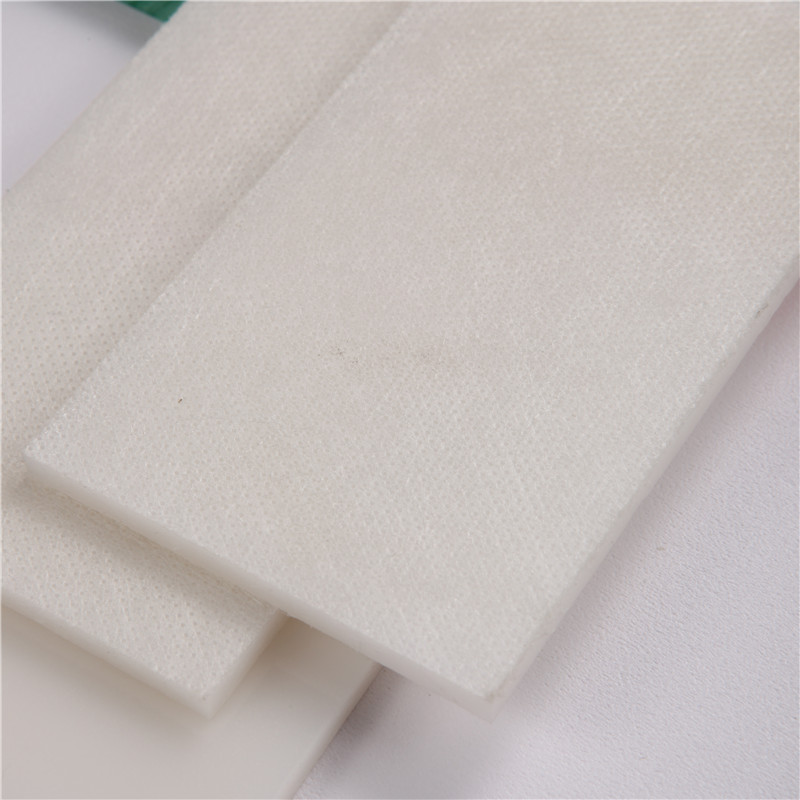نوامبر . 05, 2024 02:05 Back to list
ppr cold water pipe
Understanding PPR Cold Water Pipes Properties, Benefits, and Applications
PPR (Polypropylene Random Copolymer) pipes have gained significant popularity in the plumbing industry, particularly for cold water applications. Their unique properties, coupled with numerous advantages, make them a preferred choice for both residential and commercial projects.
What is PPR?
PPR is a thermoplastic polymer widely used in piping systems. It is manufactured through the polymerization of propylene monomers and is known for its robust chemical resistance, thermal stability, and ease of installation. PPR pipes are typically green or white and are available in various sizes, making them versatile for different applications.
Properties of PPR Cold Water Pipes
1. Durability PPR pipes are resistant to corrosion, scales, and buildup, which ensures a long service life. Unlike traditional metal pipes that can rust or degrade over time, PPR pipes maintain their integrity, even in harsh water conditions.
2. Thermal Stability PPR pipes can withstand a wide range of temperatures, making them suitable for cold water systems. They can handle temperatures up to 95°C, which is generally higher than what is required for most cold water applications.
3. Low Thermal Conductivity Due to their low thermal conductivity, PPR pipes help in maintaining water temperature without significant heat loss. This property is particularly advantageous in hot climates or when the water must remain at a cooler temperature over extended periods.
4. Lightweight PPR pipes are lightweight compared to metal pipes, which simplifies handling and installation. This can lead to reduced labor costs, as fewer resources are needed to carry out the installation process.
5. Non-toxic Material PPR is a non-toxic substance, making it safe for potable water applications. The absence of heavy metals and harmful chemicals ensures that the quality of the water remains uncontaminated.
ppr cold water pipe

Benefits of Using PPR Pipes for Cold Water Supply
1. Cost-Effectiveness Although PPR pipes may have a higher initial cost than some alternatives, their durability and longevity reduce the need for frequent replacements and repairs, making them a cost-effective option in the long run.
2. Ease of Installation PPR pipes can be joined using heat fusion, which creates a strong and leak-proof connection. This method of installation not only speeds up the process but also minimizes the risk of leaks often associated with threaded connections.
3. Resistance to Bacteria Growth The smooth interior surface of PPR pipes helps to prevent the growth of bacteria and other microorganisms, contributing to cleaner and safer water delivery.
4. Flexibility in Design With various sizes and fittings available, PPR piping systems can be easily tailored to meet specific design needs. This flexibility is advantageous in both new constructions and retrofitting existing systems.
Applications of PPR Cold Water Pipes
PPR cold water pipes are widely used in various applications, including
- Residential plumbing systems for water supply and distribution. - Commercial buildings for cold water distribution in kitchens and bathrooms. - Agricultural irrigation systems, where durability and reliability are critical. - Industrial applications for transporting cold liquids.
In conclusion, PPR cold water pipes are a reliable, efficient, and safe solution for modern plumbing needs. Their durability, thermal stability, and ease of installation make them an ideal choice for a wide range of applications, addressing the evolving demands of both residential and commercial water systems. As clients and contractors alike look for sustainable and cost-effective plumbing solutions, PPR pipes stand out as a preferred material in the market.
-
High-Quality PPR Pipes and Fittings Durable ERA PPR & PVC PPR Solutions
NewsJul.08,2025
-
Black HDPE Cutting Board - Durable, Non-Porous & Food Safe HDPE Plastic Cutting Board
NewsJul.08,2025
-
High-Quality CPVC Panel Durable HDPE & PVC Panels Supplier
NewsJul.08,2025
-
Double PE Welding Rod Supplier - High Strength, Durable & Versatile Welding Solutions
NewsJul.07,2025
-
High-Quality PVC-O Pipe Supplier Durable 75mm PVC Pipe & Connections Leading PVC Pipe Company
NewsJul.07,2025
-
HDPE Drainage Pipe Supplier – Durable & Corrosion-Resistant Solutions
NewsJul.06,2025

